My question is about how to implement the nested Dirichlet process (NDP) with R code.
The NDP is suitable for clustering over distributions and simultaneously clustering within a distribution. Rodriguez et al. (2008) provided a simulation example to demontrate the ability of the NDP to distinguish different distributions. I am trying to learn this approach by reproducing the results for this example. But failed to do so because I cannot understand well how the base distribution is related to the mixture components.
The simulation example used a normal inverse-gamma distributioin, NIG(0,0.01,3,1), as the base distribution. But the four different distributions are:

The algorithm provided in Section 4 (Rodriguez et al.,2008, p.1135) was used to do the simulation. I have problem to understand and execute this algorithm, especially step 5:

Can you please provide a sample code to demonstrate this algorithm? Your help is highly appreciated!